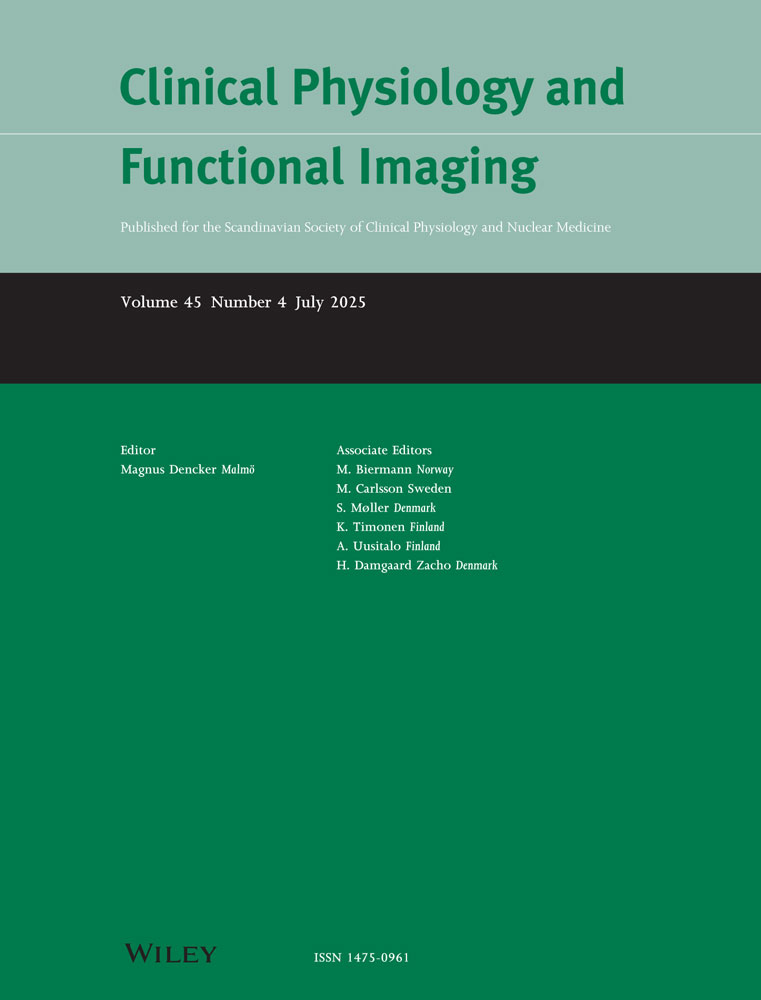Chloroquine reduces blood pressure and forearm vascular resistance and increases forearm blood flow in healthy young adults
Abstract
Summary. The effects of chloroquine on resting blood pressure, forearm blood flow (FBF), and forearm vascular resistance (FVR) and on the responses to cold stimulation were studied in healthy young adults. Chloroquine sulphate (800 mg) reduced systolic pressure and increased FBF (P<0.05) but had no effect on resting FVR. Cold immersion increased systolic pressure (from 108.8 ±1.7 mmHg to 127.8 ± 6.9 mmHg; P<0.05) diastolic pressure (from 73.4 ±2.7 to 95.2 ±6.2 mmHg; P<0.01) and FVR (from 5.9±0.9 to 13.0±l.9 a.u.; P<0.001) but reduced FBF (from 14.3±1.64 to 101 ± 1.29 ml min-1; P<0.05). Chloroquine reduced the increase in FVR reduced by cold stimulation (P<0.01), but had little effect on the BF and FBF responses to cold stimulation.
The hypotensive effect of chloroquine could be attributed, at least in part, to the observed fall in vascular resistance.




